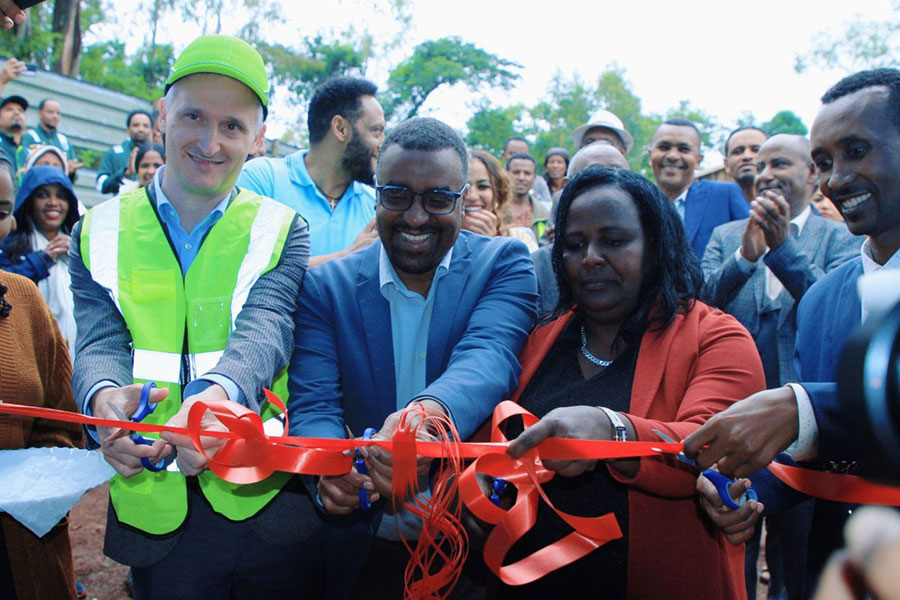
Jan 23 , 2021
By Ayele Tirfie Woldemichael
Ethiopia has continued to exist at a low level of agricultural production and insufficient availability of food. These are circumstances that can be improved with determined planning that moves the country away from traditional agricultural methods, writes Ayele Tirfie Woldemichael (Prof.), author of several books and an alumnus of Oregon State University and the University of Stuttgart.
Agriculture, the major sector of the economy in terms of export promotion and intensive labor employment, has never been utilised to its full potential to promote growth and development for the sustained well-being of Ethiopians.
There are multiple reasons for this: One is drought, which visited the country from time to time and the nation’s failure to take an alternative escape route, namely irrigation. This, combined with intensity of land utilisation, has contributed to soil degradation and declining carrying capacity of land.
Subsistence-level production as a result of deficiency in skills, missing technical inputs, fragmentation of land, lack of improvement of seeds and failure to provide fertiliser has worsened situations. Added to these setbacks are poor physical and institutional infrastructure that militated against facilitation of market access to the farming communities.
The absence of private land ownership and overuse of the same farmland with no shifting cultivation cause diminishing returns. These, in tandem with the overall depressed economic situation, create a lack of price incentives for the farming communities. This weakens the income capacities of the communities. Indeed, the sector suffers from the long absence of a focused and guiding policy that analytically and comprehensively mirrored the nation’s socioeconomic realties, problems and potentials. This is without mentioning that whatever policy there has been suffered from poor implementation.
Among the many challenges, the most consequential has to do with land policy. Historically, land has been mismanaged. During the Imperial government, it was lopsided and outrageous. A limited number of land owners possessed land many times more than reasonable capacities could allow to put it into productive use. The owners merely drew pleasure from possession of it and failed to recognise in the process that tributes could only be drawn in production outputs.
An antithesis of this was the case of the grand majority of Ethiopians, especially in the South, who owned no land and survived only on land owners’ possessions at exploitative cost. The total effects of these were stunted growth of agricultural productivity and insufficiency of food production even during favorable seasons, let alone during times of devastating drought.
The Derguein 1974 declared an economically shattering policy inspired by the Marxist-Leninist ideological model. Following this, it nationalised land in pursuit of, as pronounced, acceleration of development. Farming communities were unfortunately relegated to tenancy of the State and the measure, instead of raising farm productivity and production, contributed to the most shaming experience of famine in the 1980s, killing over a million people.
In the aftermath of the Derguecame the EPRDF government. It too rejected private ownership of land and continued the policy of state ownership of it as an economic asset. It also saw the enactment of a Constitution that decentralised authority. Regional governments had the requisite authority to formulate regional policies, set goals and objectives, develop socioeconomic plans and implement them.
The novelty of the third system, however, lay in the division of the nation’s regions along lingo-cultural fault lines rather than based on geographical and economic logic. Whatever the political salience of this, nonetheless, growth and development never respect language boundaries but resource endowments and specialisations.
The combined retarding effect of these systems was the absence of convergence between ownership and enthusiasm which is a proven incentive for performance. Ethiopia has continued to exist at a low level of agricultural production and insufficient availability of food. Drought and food insecurity continued to be agonising phenomena, causing demeaning pressure to look for external support. This, of course, has been a treatment of the symptom with short-lived relief and not of the enduring removal of the cause.
Compelling conditions for growth and development normally are the free flow of goods and services, unhindered movement of entrepreneurial talents and skills and unrestricted movement of capital to where investment generates more opportunities, income and employment. That eventually means spatial balance or equality of growth-based development. Growth and development based on unfettered participation of people, on high productivity of economic assets and on inter-regional economic interactions have continued to remain wanting.
“A country’s inability to overcome a poor climate is only a symptom, not a cause of underdevelopment. Structural handicap arguments are confusing the cause and the symptoms,” Ha-Joon Chang, the Cambridge economist, has said. This unequivocally reflects Ethiopia’s reality of periodic occurrence of drought and humiliating famine that are linked to climate change. El Ninois the latest of these. Two forms of egregious failures or incomprehension have consistently caused Ethiopia’s vulnerability to the ravages of climatic conditions. They involved the nation’s mishandling of the two monumental economic assets, namely land and water resources.
Rivers of Ethiopia have always been wasted resources or economic assets. With dozens of major rivers including tributaries and streams and sizeable lakes, Ethiopia is often referred to as the “water tower” of Africa. This is without considering ground water which, according to the UN Office of Commission for Humanitarian Affairs (UH—OCHA), has a potential of an estimated 2.6 billion cubic metres and needs to be developed as a second major source.
As a variation to the traditional rain-fed agriculture, irrigated agriculture is considered to be a promising alternative. Potentials for irrigated agricultural system are bountiful in many of the regions through which the rivers flow. In the concept and practice of region-based planning, river basins constitute one form of spatial unit for planning. Finally and most importantly the system is a conspicuous and dependable escape route from the vagaries of climatic changes.
Why did Ethiopia, under the three consecutive governments, fail to recognise the values of irrigation? If experiential and historical lessons are to be taken in earnest, climate change never changed its course to accommodate the desires of people or nations. If anything, the reality has been a progressive worsening of its intensity and damage.
"Better light a candle than curse the darkness," an old Chinese proverb goes.
The EPRDF government, in its second edition of the Growth & Transformation Plan (GTP II) gave an indicative figure of 4,083,000ha as the size of land that would be under irrigation by 2020. True, this intended size of irrigated agriculture is long overdue. But implementation has long been the shortcoming of successive governments. They have been much more attuned to planning boldly but less so in fulfilling or realising implementation, which requires transparency, productive allocation of resources and putting in place committed professionals.
Irrigated agriculture in drought affected areas can change for the better the vitality of such areas. It also creates possibilities to reduce the population and livestock pressures on the highlands by making the lowland areas agriculturally more productive and attractive for resettlement and balanced distribution of population. Most important, production of food sustainably increases in volume and the vicissitude of climatic conditions ceases to be the cause of life-threatening tragedy of the society.
PUBLISHED ON
Jan 23,2021 [ VOL
21 , NO
1082]


Radar | Jun 15,2019

Editorial | Jul 10,2021
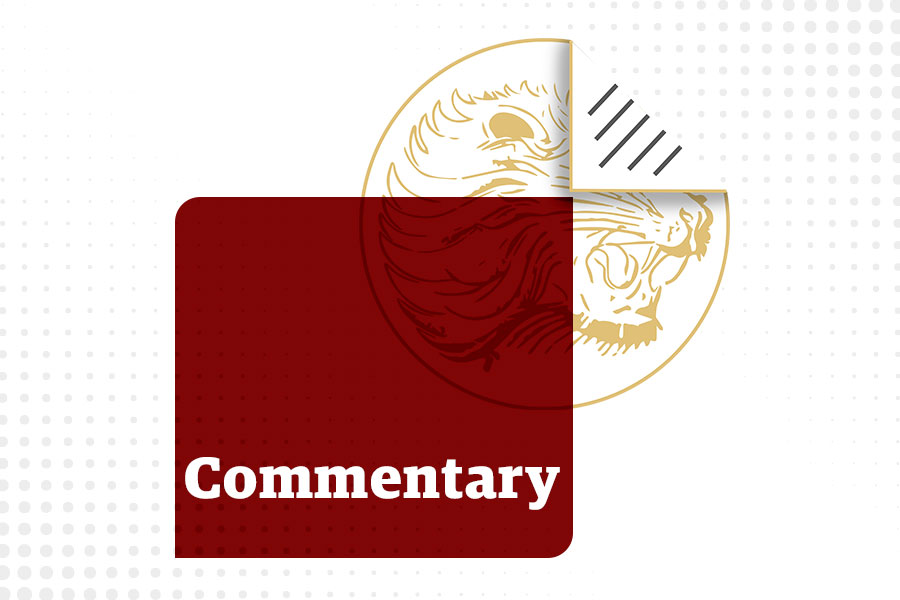
Commentaries | Feb 26,2022

Radar | May 18,2019

Editorial | Aug 05,2023

Commentaries | Aug 27,2022

Radar | Oct 24,2020

Editorial | Jul 23,2022

Fortune News | Jan 19,2024
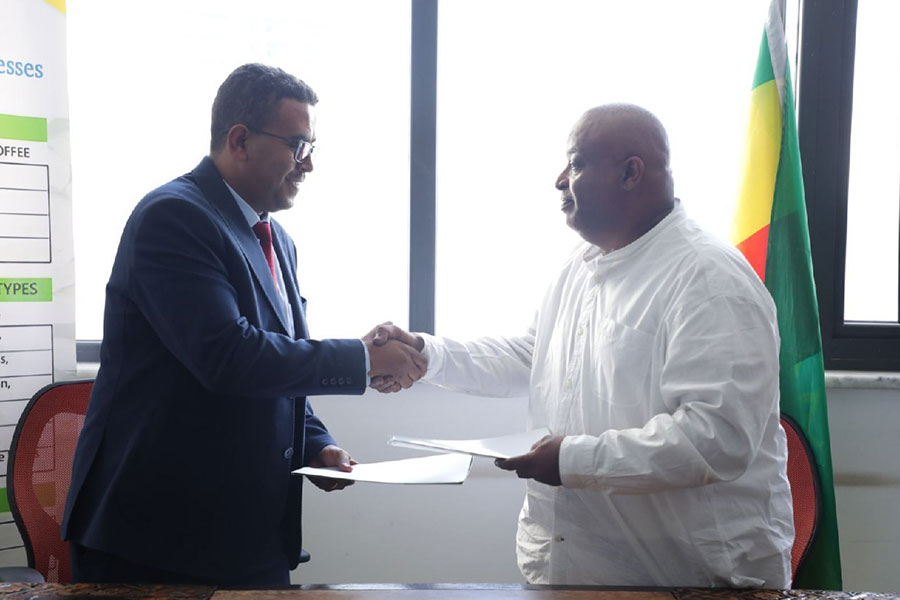
Radar | Apr 13,2025

My Opinion | 132151 Views | Aug 14,2021

My Opinion | 128561 Views | Aug 21,2021

My Opinion | 126482 Views | Sep 10,2021

My Opinion | 124091 Views | Aug 07,2021
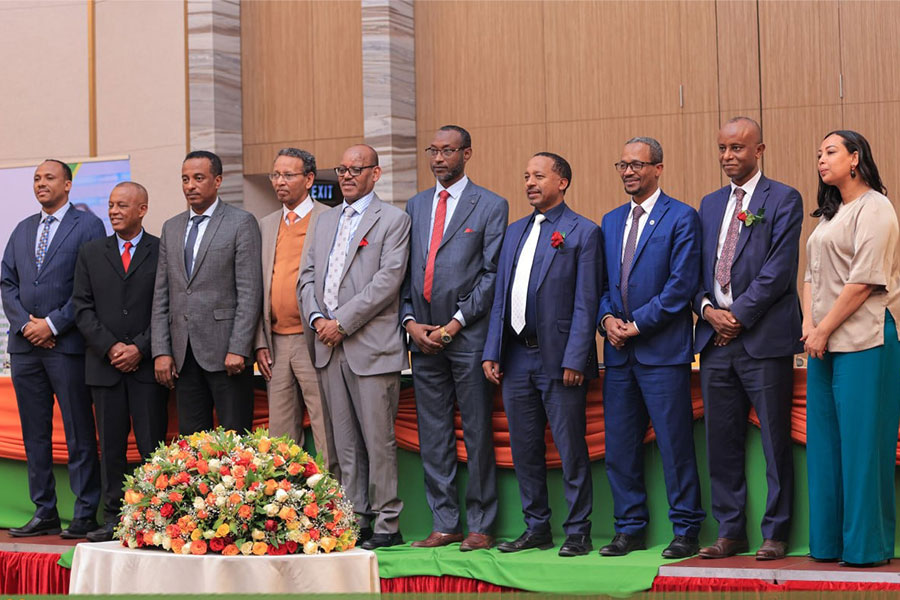

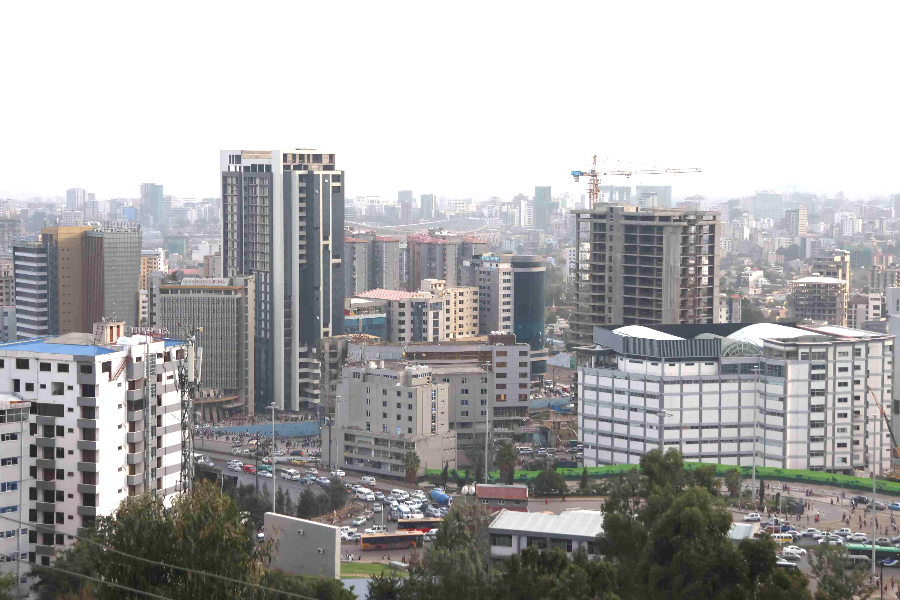


Dec 22 , 2024 . By TIZITA SHEWAFERAW
Charged with transforming colossal state-owned enterprises into modern and competitiv...

Aug 18 , 2024 . By AKSAH ITALO
Although predictable Yonas Zerihun's job in the ride-hailing service is not immune to...

Jul 28 , 2024 . By TIZITA SHEWAFERAW
Unhabitual, perhaps too many, Samuel Gebreyohannes, 38, used to occasionally enjoy a couple of beers at breakfast. However, he recently swit...

Jul 13 , 2024 . By AKSAH ITALO
Investors who rely on tractors, trucks, and field vehicles for commuting, transporting commodities, and f...
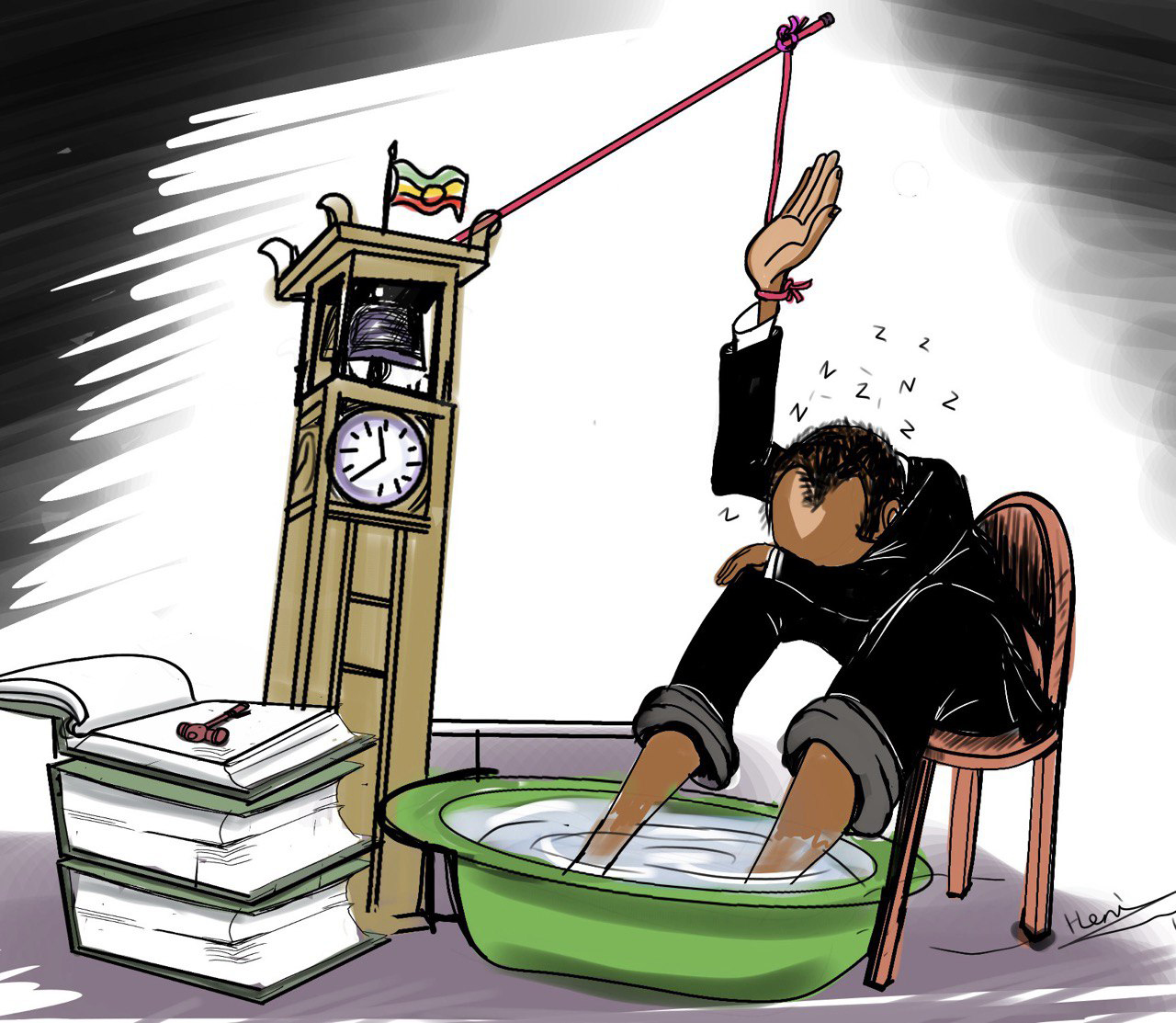
Jul 12 , 2025
Political leaders and their policy advisors often promise great leaps forward, yet th...

Jul 5 , 2025
Six years ago, Ethiopia was the darling of international liberal commentators. A year...

Jun 28 , 2025
Meseret Damtie, the assertive auditor general, has never been shy about naming names...

Jun 21 , 2025
A well-worn adage says, “Budget is not destiny, but it is direction.” Examining t...

Jul 13 , 2025 . By YITBAREK GETACHEW
The Addis Abeba City Revenue Bureau has introduced a new directive set to reshape how...

Jul 13 , 2025 . By BEZAWIT HULUAGER
Addis Abeba has approved a record 350 billion Br budget for the 2025/26 fiscal year,...
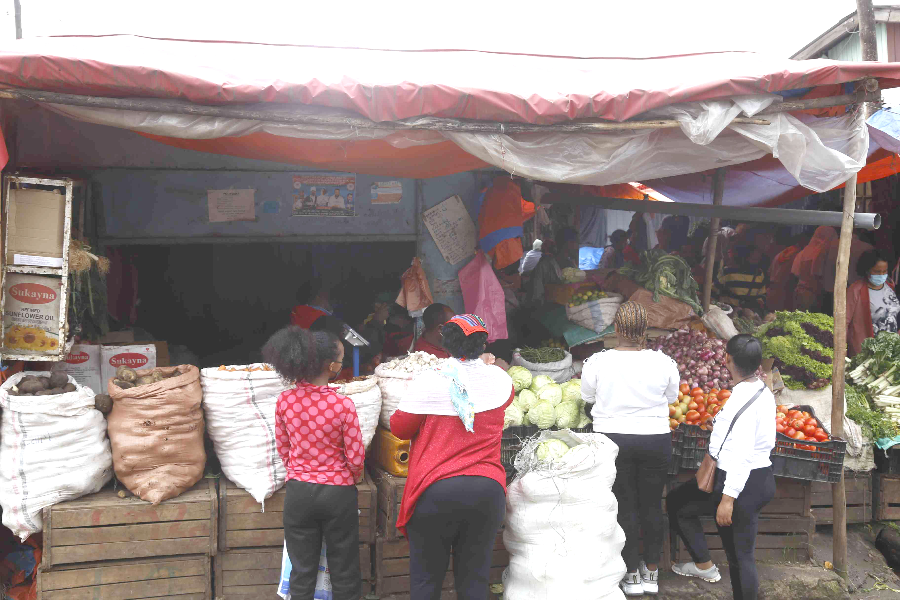
Jul 13 , 2025 . By RUTH BERHANU
The Addis Abeba Revenue Bureau has scrapped a value-added tax (VAT) on unprocessed ve...
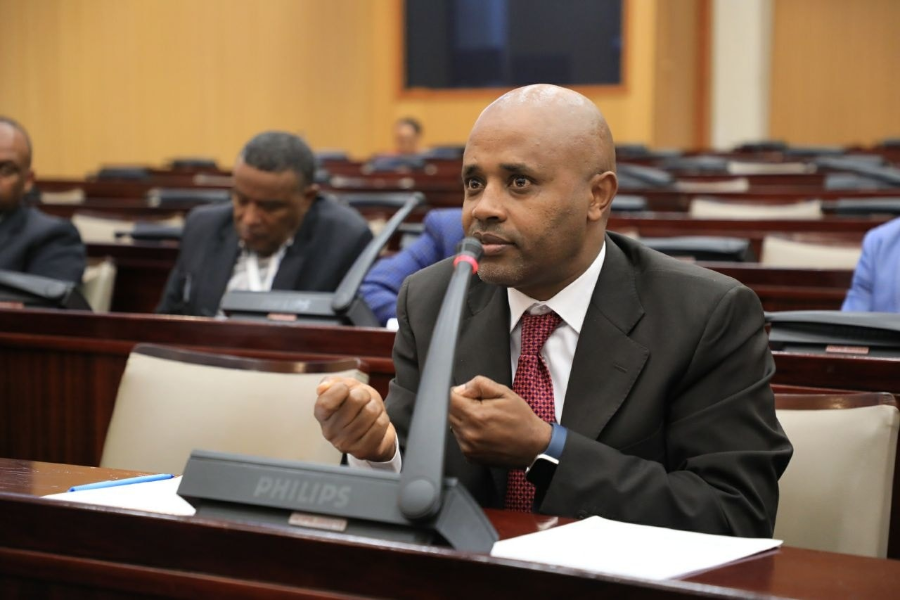
Jul 13 , 2025 . By NAHOM AYELE
Federal lawmakers have finally brought closure to a protracted and contentious tax de...